At the VIP lounge at the Miami Beach Convention Center for ArtBasel 2018, Audemars Piguet (AP) welcomed patrons and guests at their booth with watchmakers working live on movements as guests looked over their shoulders and asked questions.
They even had a hands on demonstration of how AP artisans take a piece of brass (or precious metals) and add some “frosting” to it, mimicking the same efforts needed to create the celebrated new offerings introduced in 2018: Royal Oak and Millenary frosted gold.
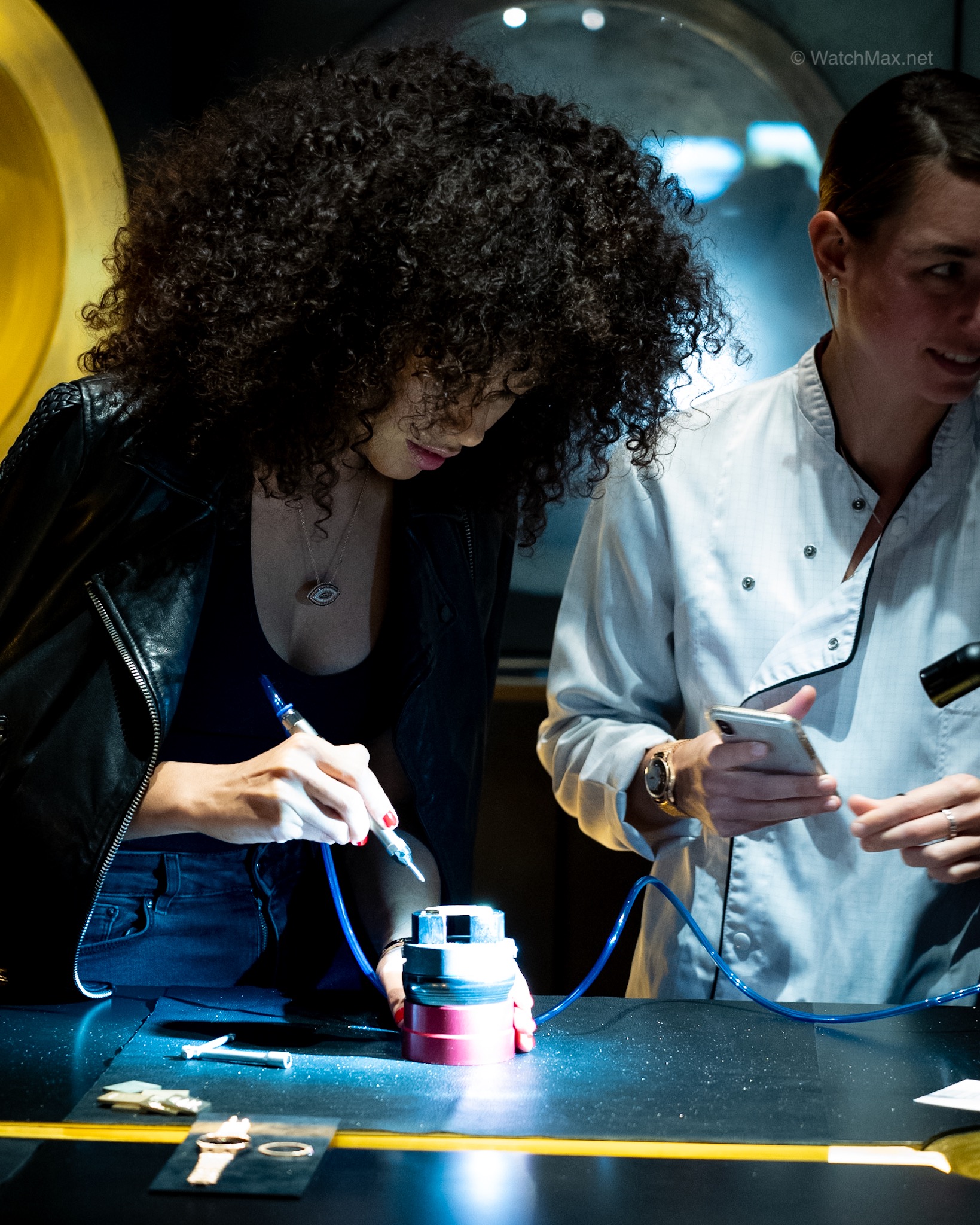
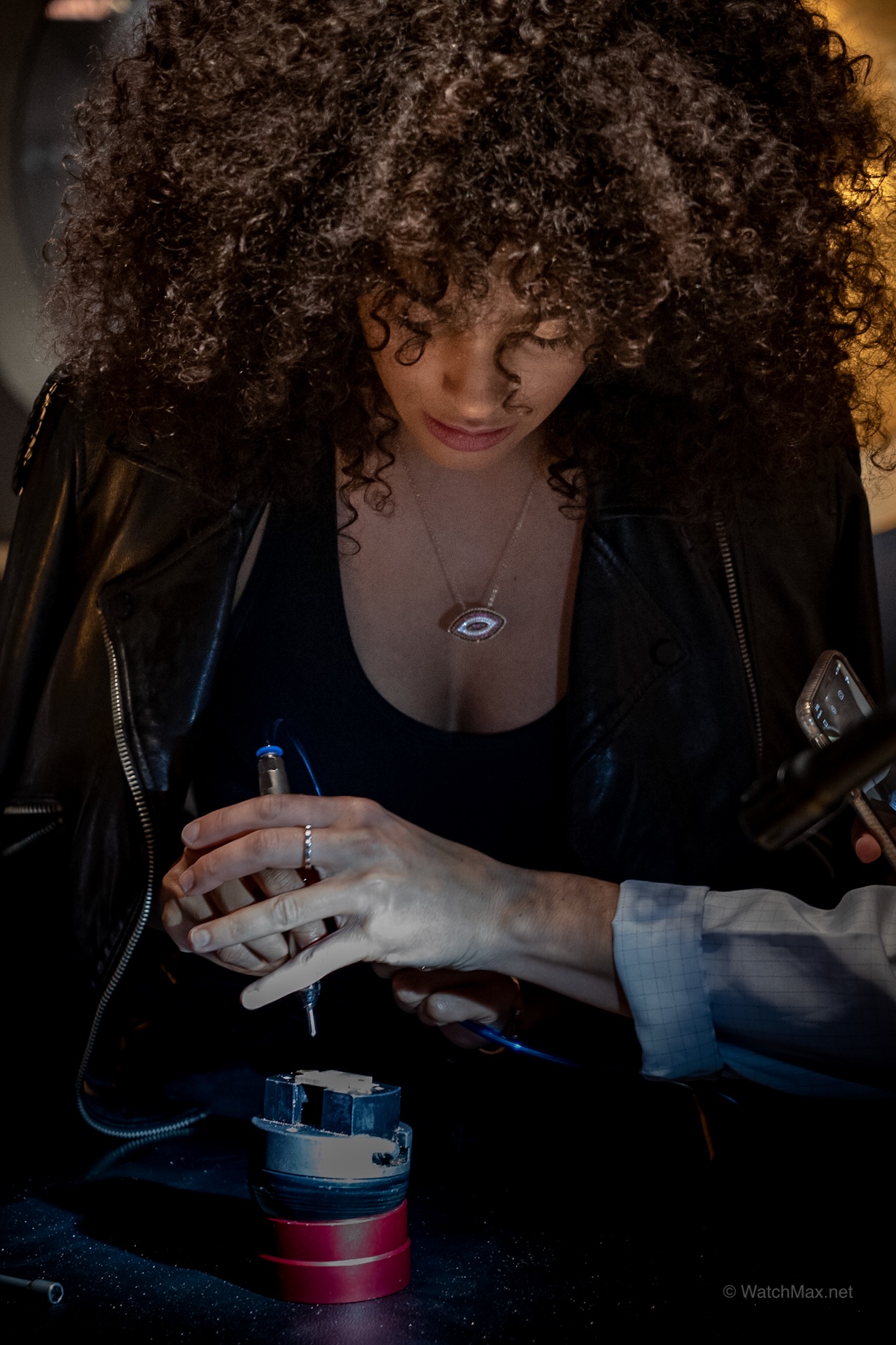
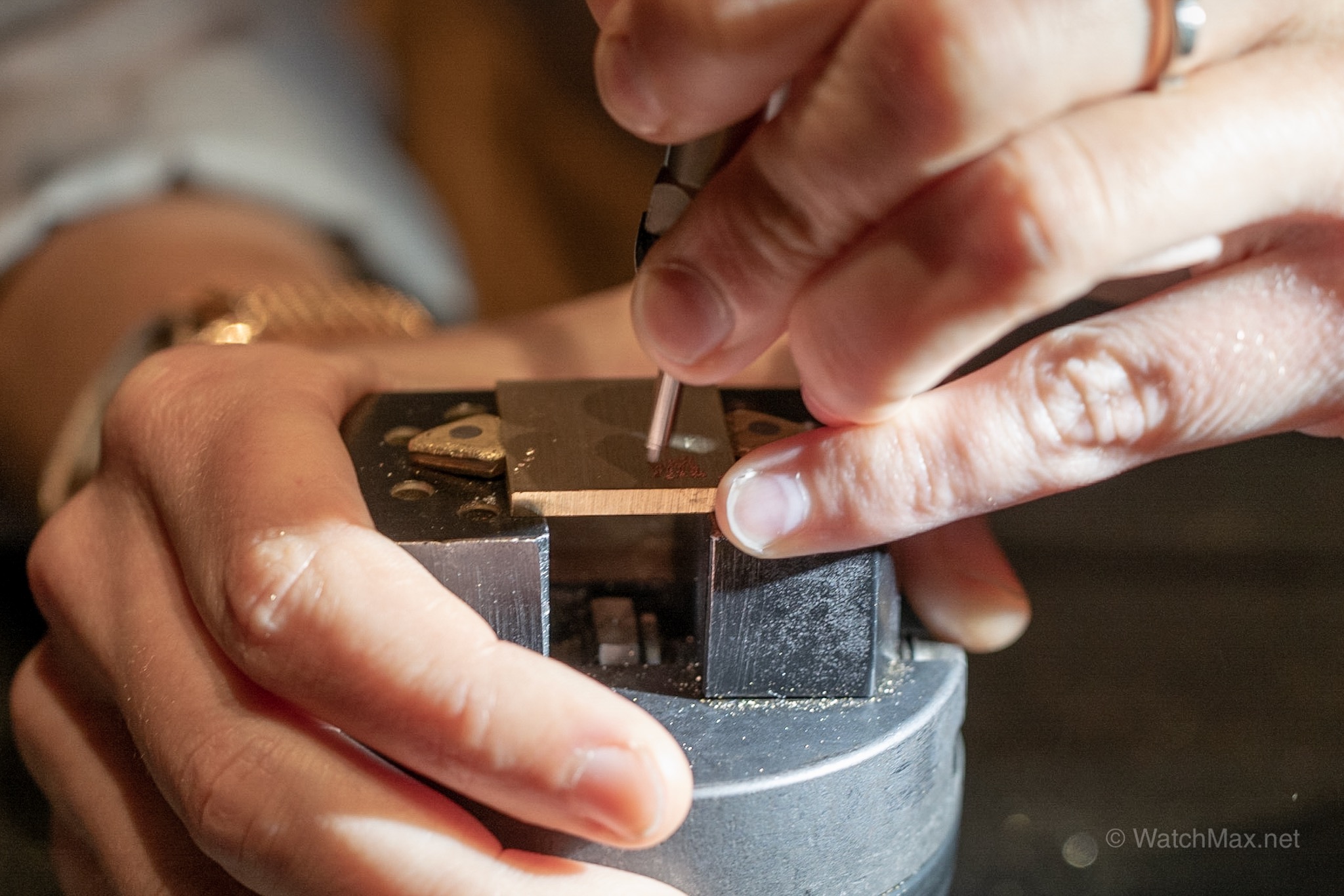

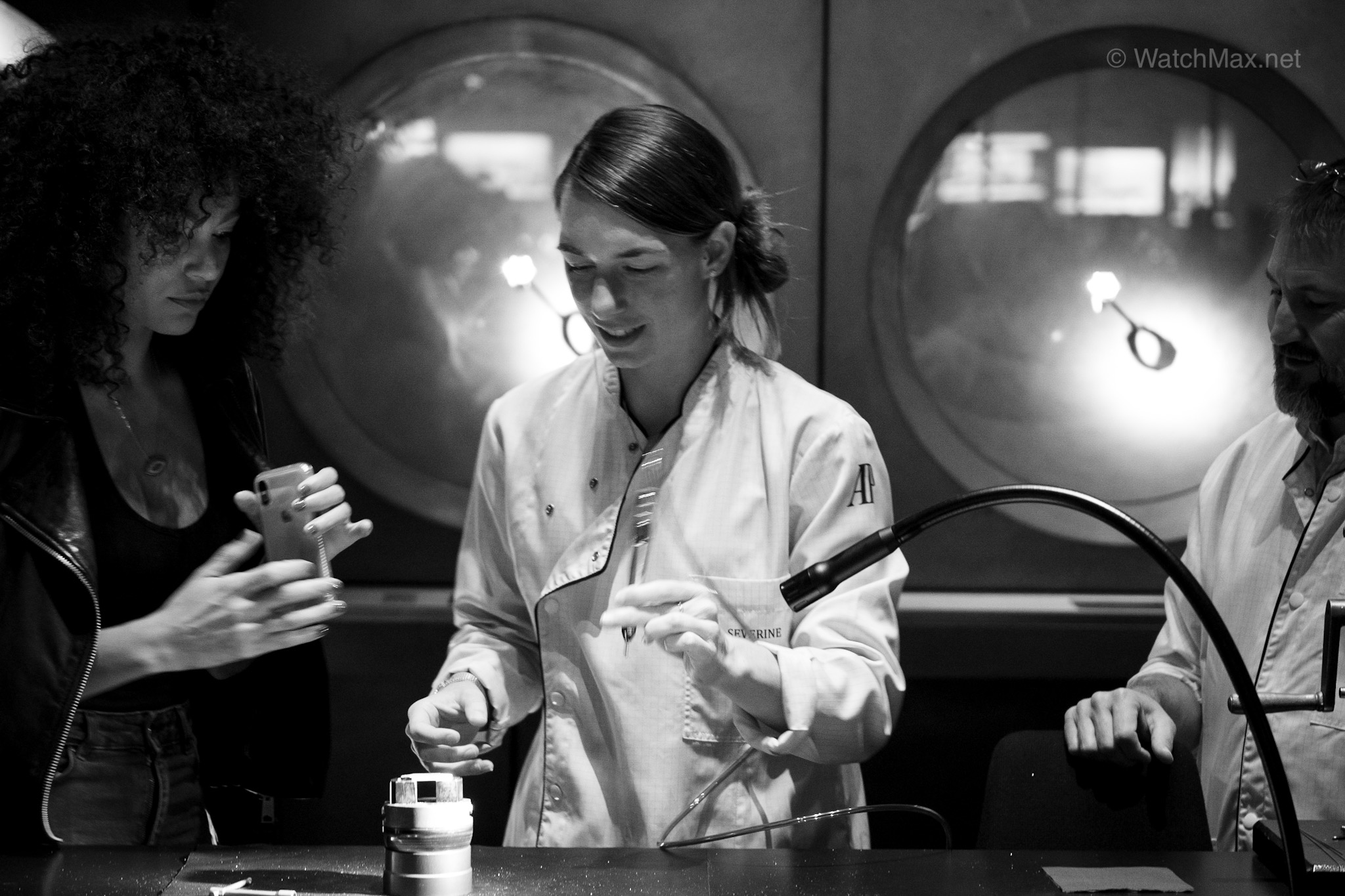
After spending a few minutes on the “pounding machine” that creates hundreds of small markings on the metal, the result is a material that shines and gives the impression of being set by diamonds. When done of shinier metals like gold, then the result truly sparkles.
Included in the pageantry for guests was also a permanent exposition of AP’s second art installation and commission for the show. It was a rather abstract but interesting high tech movie made from a long term project with London-based artist Davide Quayola.
As mentioned during my interview with Olivier Audemars, the genesis of this current Quayola project stemmed from another started for the 40th anniversary of the Royal Oak. It was an exploration of the Vallée de Joux, which ended in AP taking on environmental causes and commissioning the movie we got to see at ArtBasel.
After getting a chance to view Quayola’s movie on the big screen, the night before during a cocktail hour and Q&A for the artist at the Miami Beach Rotunda, I found that I still needed to chat with him to better understand the work.
While mixing in digital and well-choreographed music, it’s hard to fully grasp what the artist was thinking just watching at the 15 minutes movie. It feels like you are being transported on a drone in the Vallée de Joux and at each moment you are stopped to see deeper and closer.
The results are rather mystical, and even powerful, especially with the added music. Using drones and 3D layers and rendering, Quayola invites us to see beyond the current reality in the Vallée de Joux and transports us to another dimension.
But how do I interpret the artist’s work and what is he trying to tell us? I interviewed Quayola at the AP booth and what follows is an abridged version of the two questions I had for him.
Max: Who is Quayola?
Davide Quayola (DQ): My name is Quayola, originally Italian, grew up in Rome, and I started becoming interested in using computers when I was a kid. So there’s been really a connection with technology that was quite personal, visceral, since I was quite young.
Max: So you programmed?
DQ: Yes, there is a lot of custom software that is involved and generally I calibrate with different types of engineers depending on the projects. Sometimes I work more like an architect of a project. But in terms of the way of thinking, I go deep down into the logic and system. And ultimately it’s what I do with my work. I develop systems to explore and try to discover new statics, new visual languages.
Max: It almost seems to me it’s like an x-ray vision piercing to the Vallée de Joux… but except you are adding extra information. The sound and also the colors…
DQ: If you see these images here they are soft of some kind of photographic feel. Almost you can read the trees, read the forrest. But actually these images are completely computer-generated. They are the result of very special high-resolution laser measurements using special scanners in the forrest.
So there are not photograph taken to make these prints or these black and white images. They are generated from the video. They are generated from a very large data set of coordinates that are captured with these special laser scanners.
So I am kind of interested in using this unusual techniques and tools to discover new ways of paintings.
Max: So for me in this art you were trying to look into the forrest in a way that anyone walking into this forrest would not see with the naked eye. Right?
DQ: I mean certainly the drone is able to move to these environments in a different way than how we would move into it. But also besides moving to it, it’s also how you look at it.
This type of data that you see here. It’s essentially how the drone is really looking at it, which is very different from our way of looking at the forrest. And I think for me it’s intriguing to see how these machines are looking these landscape.
Max: Do you know what it reminded me when I first saw it, The Predator’s vision that interpolates information over the forrest and everything he sees.
DQ: Yeah, yeah, yeah.
Max: How does this project relates to mechanical timepieces? How does this relate to AP?
DQ: I was never aware about timepieces. It’s not something that in my life I aspired to… The opportunity to collaborate with Audemars Pigue came first in 2012. It was the first time they engage with an artist. And in fact it was the one for the anniversary of the 40th Royal Oak in 2012.
So developing this project. Spending time with them, and being a little bit at their location and meeting all these watchmakers on so on. I started delving into watches. And it’s something that I started becoming fascinated with.
And here is the reason why they ultimately want to work with me. This idea of looking at obsession that goes beyond reason. And to go deep and discover what’s underneath it. And deep to the level that somehow does not make sense. It’s only because it’s passion.
And I think as a process it’s quite similar to how an artist works. It’s kind of interesting to me this exchange that AP has with artists. You really feel that there is this kind of back and forth exchange of experiences. It’s a way for them to understand also better what they do. To help give them a different perspective on what they do, where they come from, and so on.
I think more specifically the relationship between my work and Audemars Piguet I think also relates to this interplay between tradition and and experimentation. It’s kind of a balance between the master starting the tradition and at the same time revisiting it, re-interpreting it in new ways, with new methodologies. This is something rooted with what I am doing. And I think it’s the reason why they worked with me in 2012 and on this project now.
Max: Is it fair to summarize it this way: I see your work as an exploration of three-dimensional space. And obviously Audemars Piguet is about the measurement of an additional dimension, which is time. But what you bring to the table is to bring yet another dimension. Can we see further into the forrest? irregardless of time (in the past and the future). So you as an artist are completing what we can see in this 3D world over time by adding another dimension.
DQ: It’s an interesting take. I agree.
In the work you can see that time itself is an important component. This relationship with tradition is an important component. And as they say “before you can break the rules, you must master them.” So we can summarize this idea of looking at tradition but at the same time moving beyond it. It’s also kind of what I am doing, looking at traditional way of looking at things and moving it a bit farther.
Max: Thank you so much for your time.
DQ: Thank you.


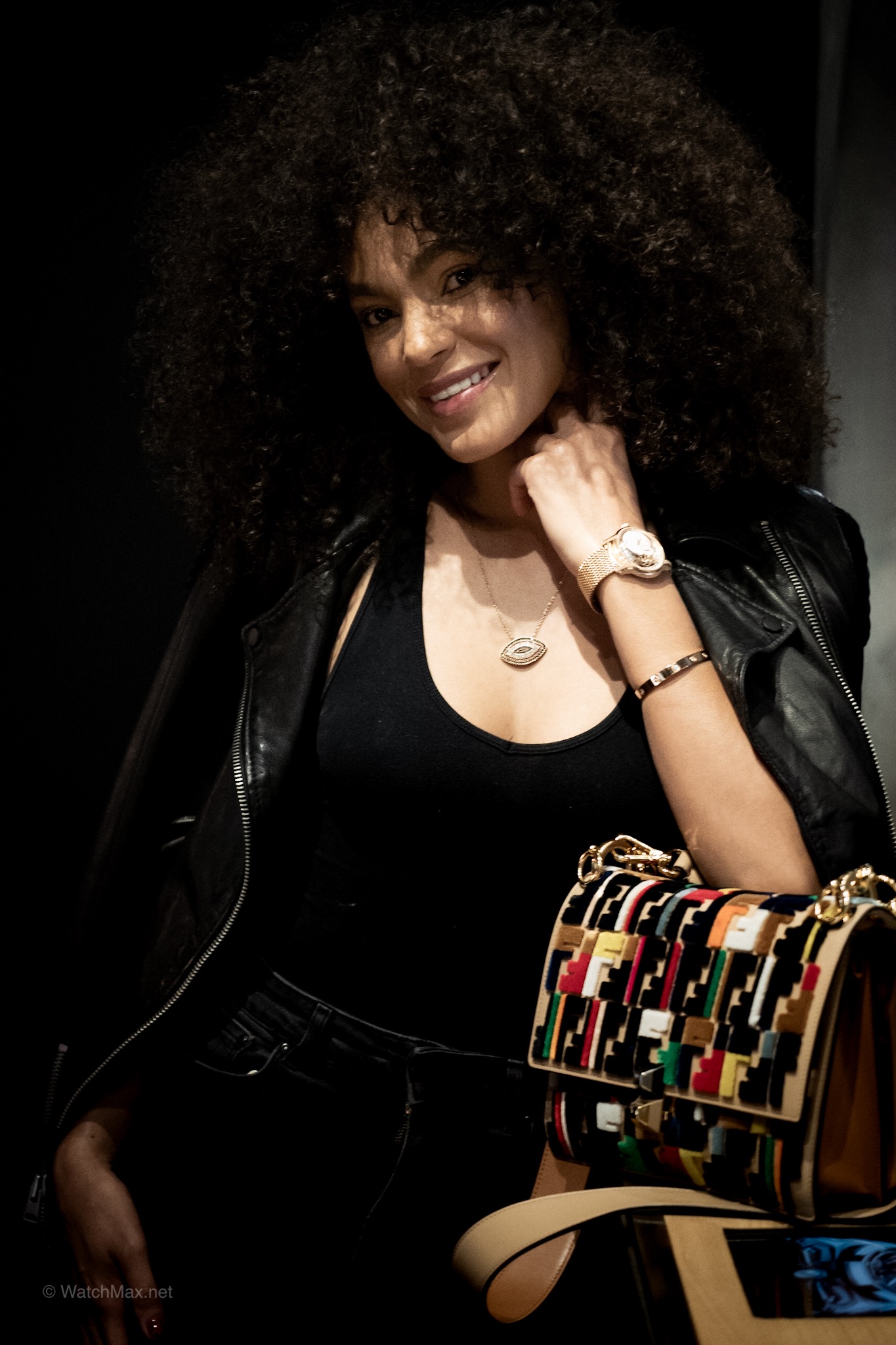
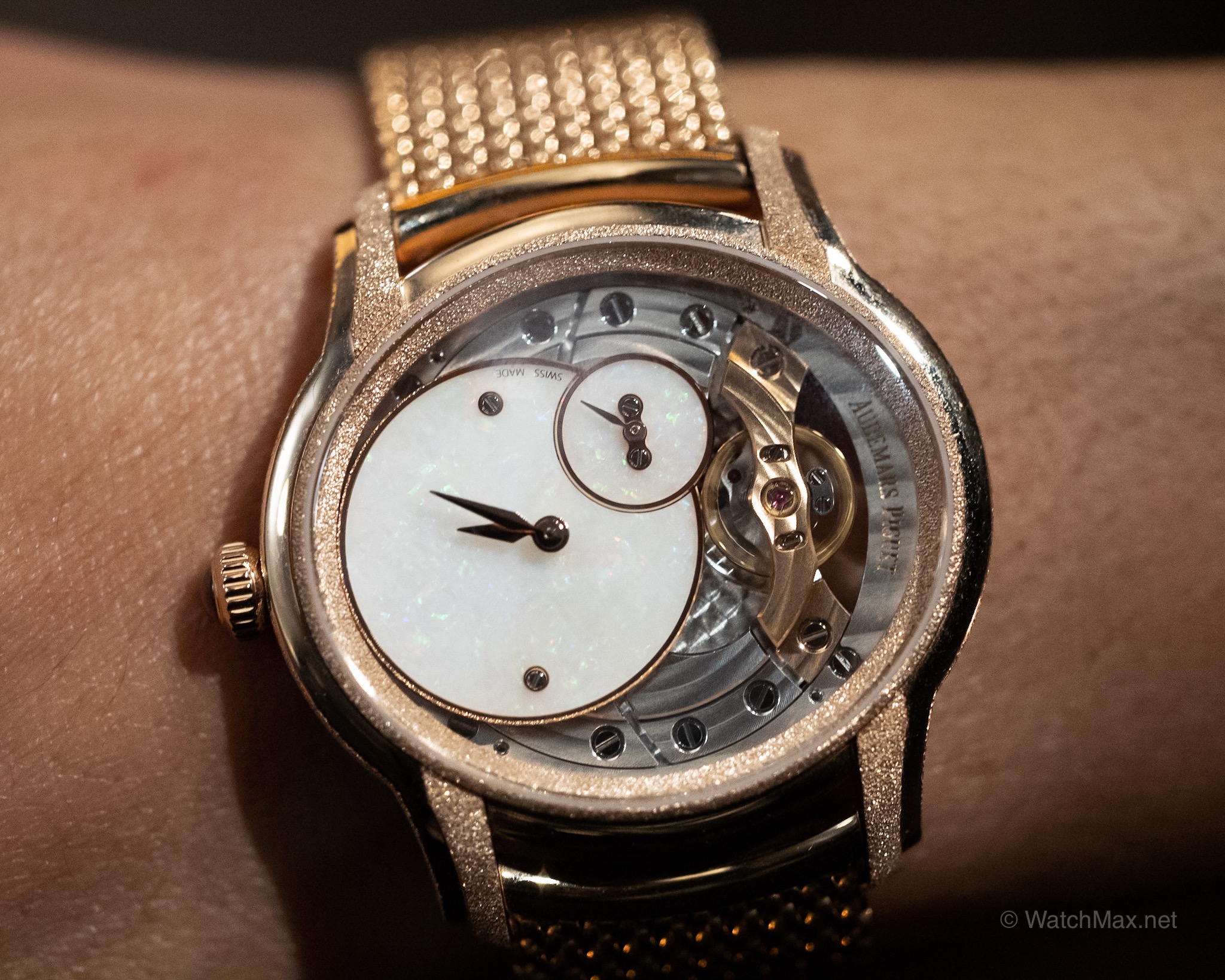
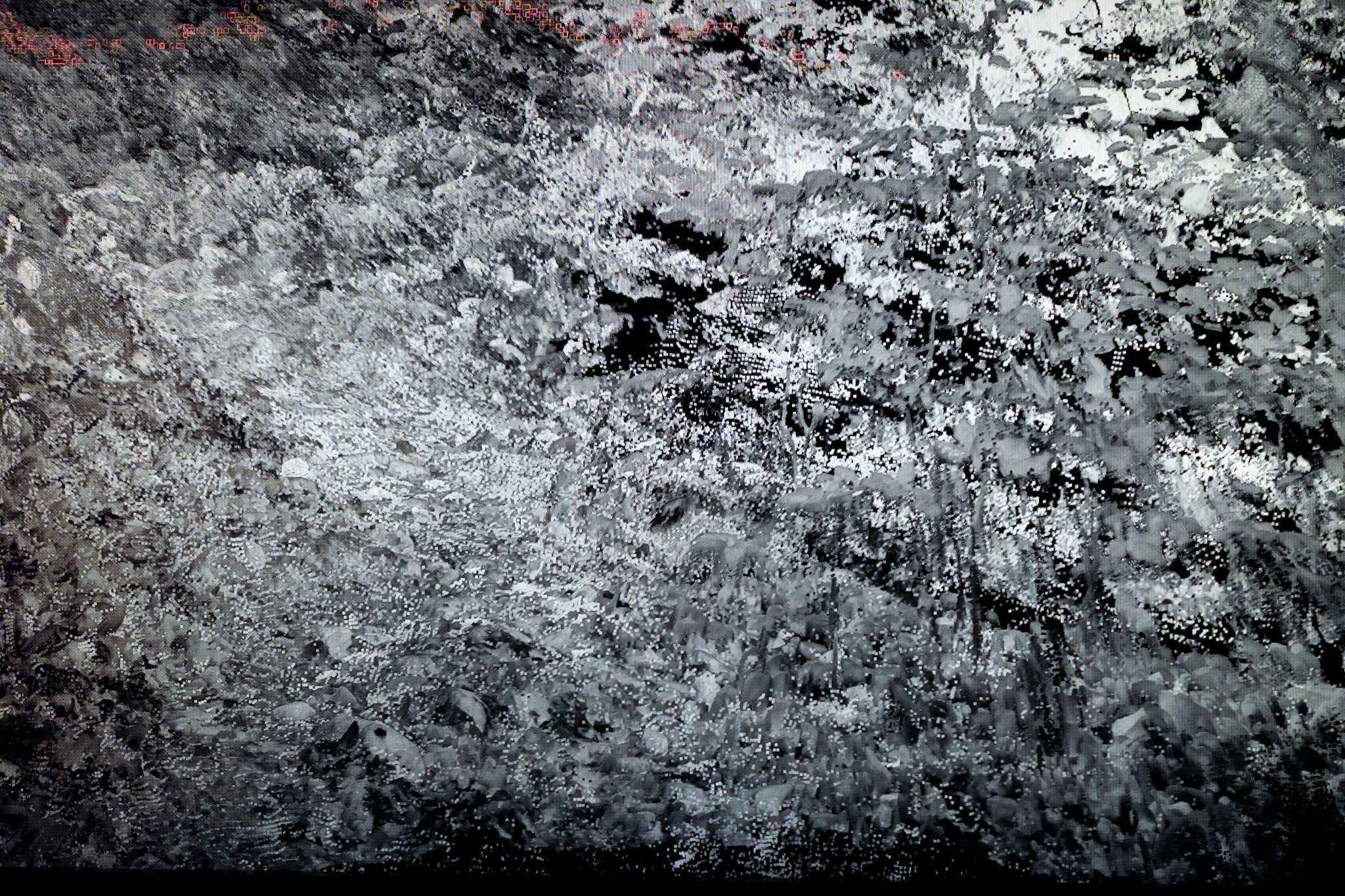
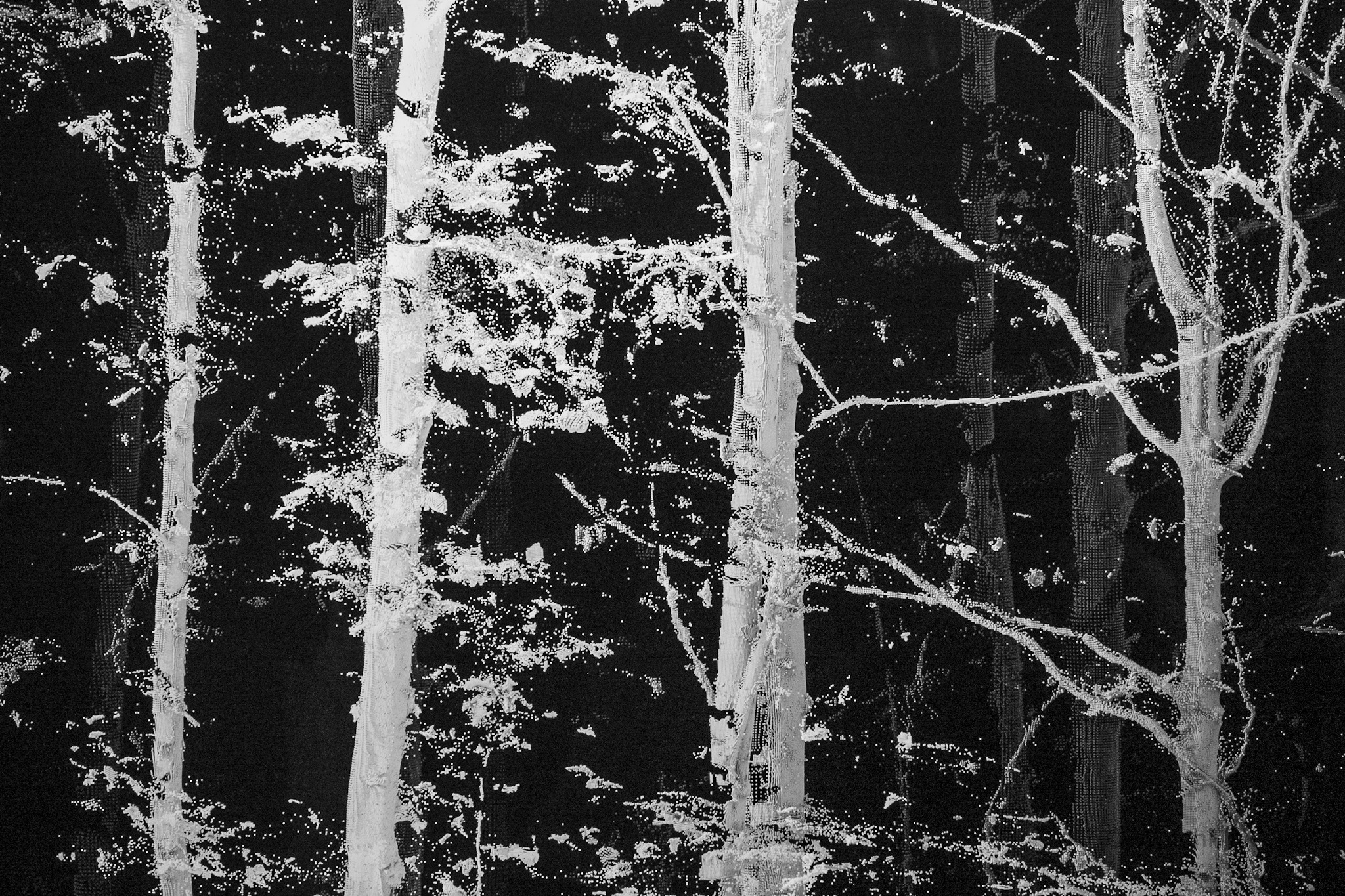
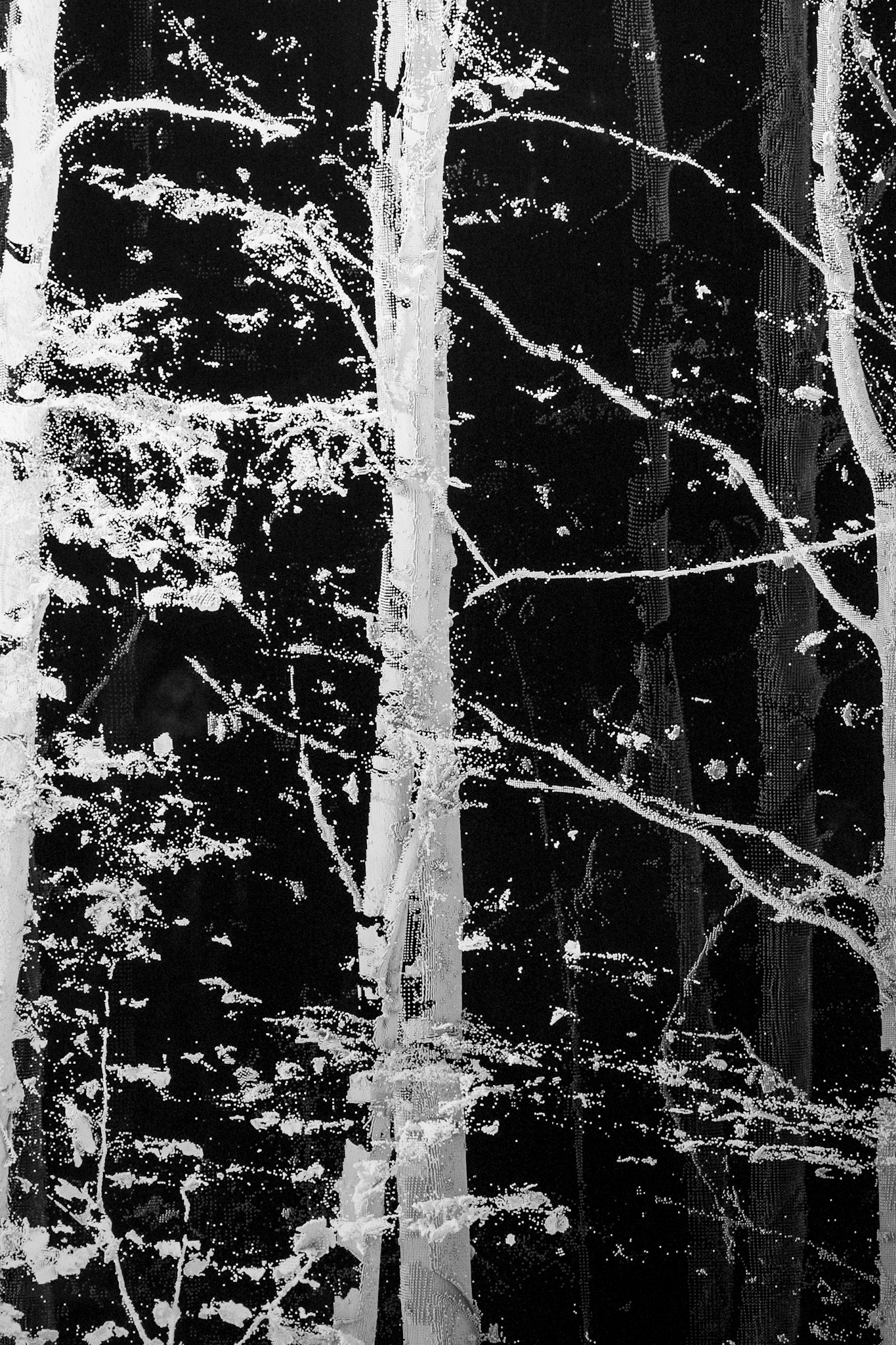
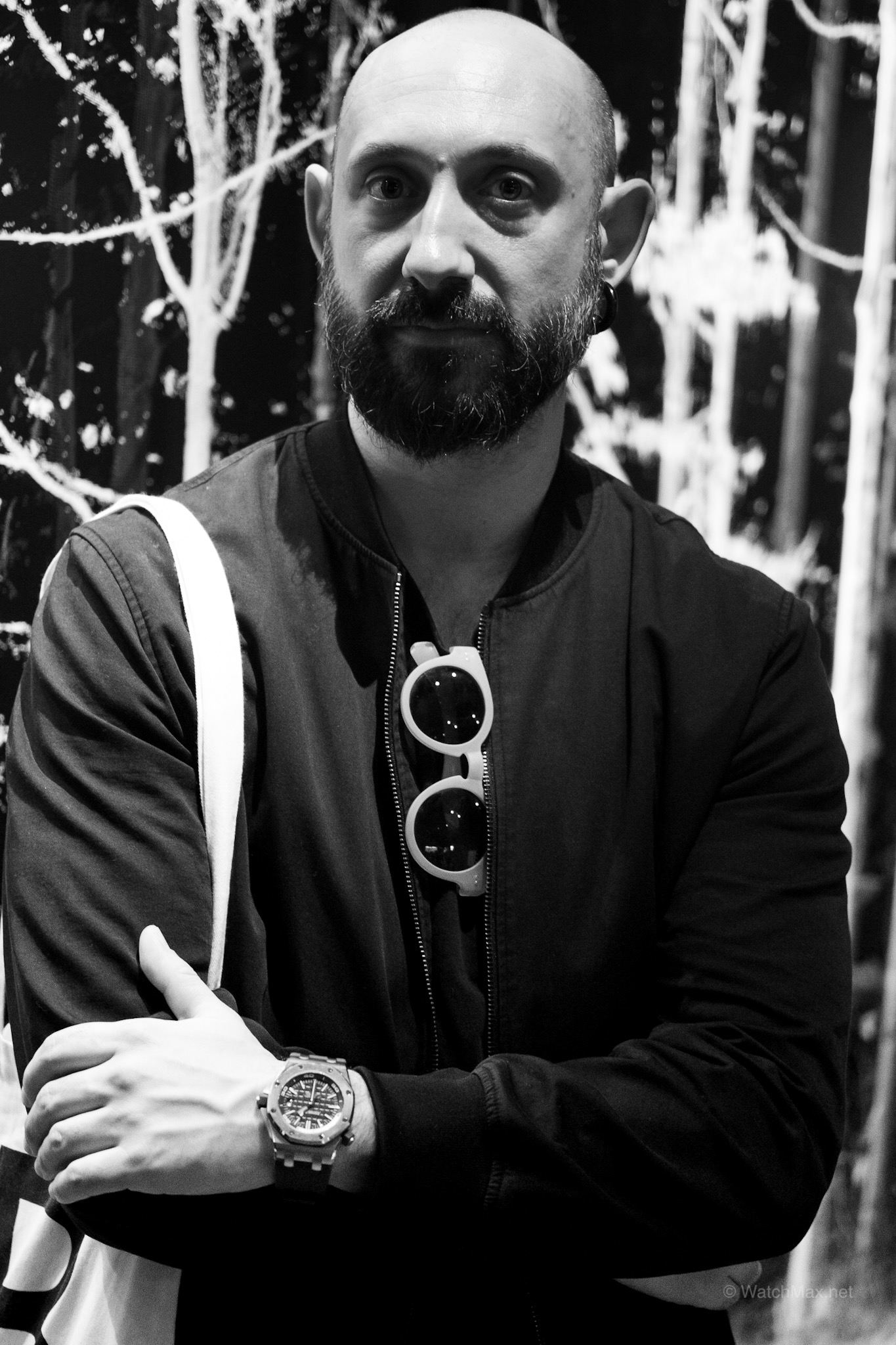
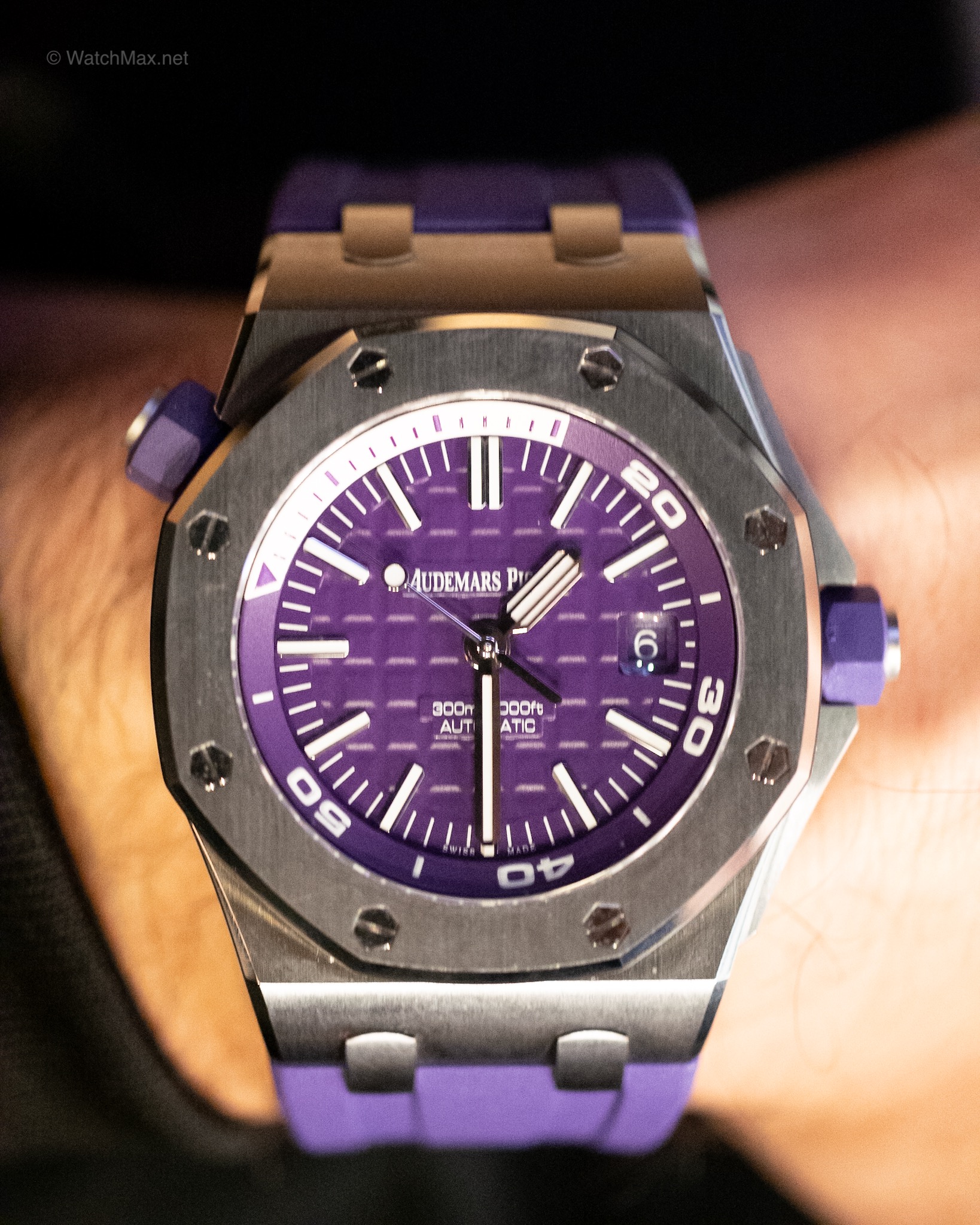
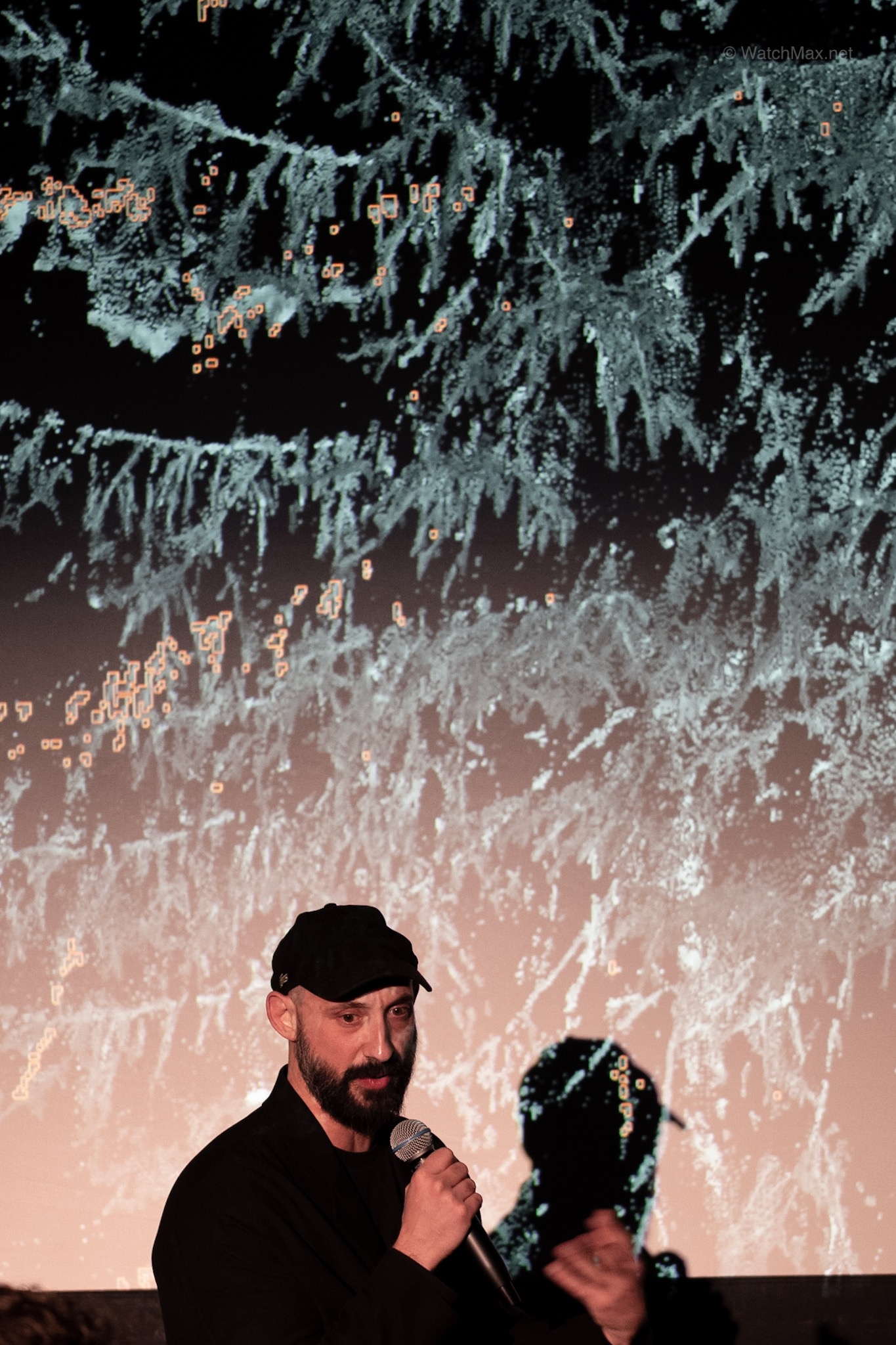









For 2019, Audemars Piguet (AP), with the help of sound artist Jana Winderen, is turning to the oceans and specifically to the sound pollution that we are creating (knowingly or unknowingly) on the oceans and inflicting on its inhabitants. With an exhibition at the Rotunda in the heart of Miami Beach, AP showed us the results of this work and it’s nothing short of breathtaking, sad, while also joyful.